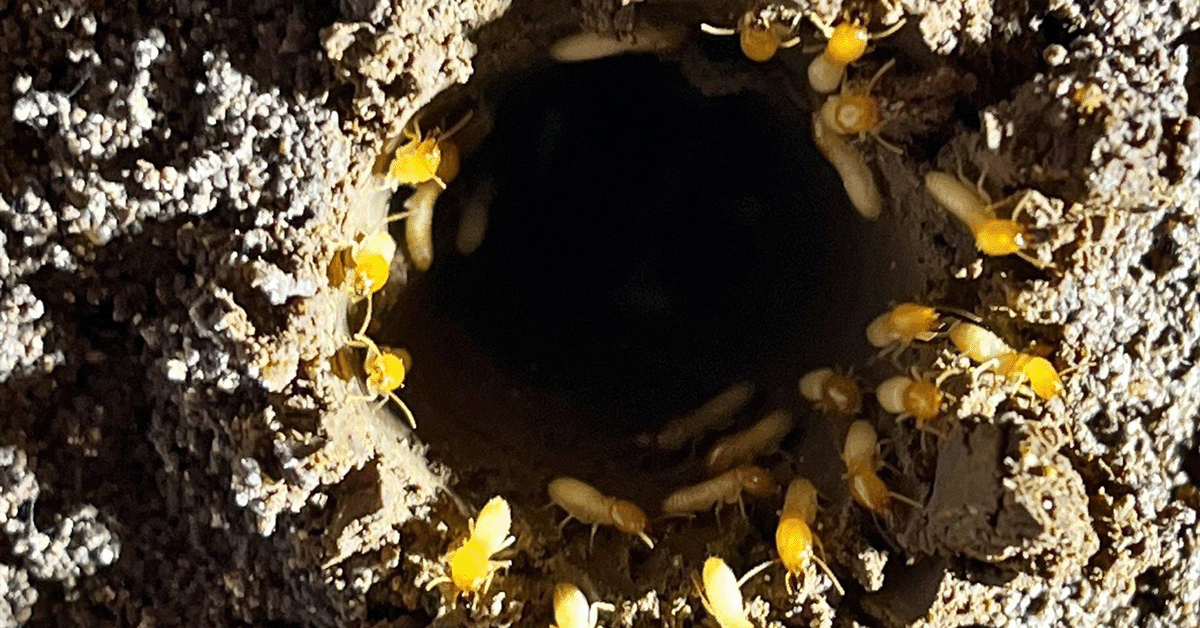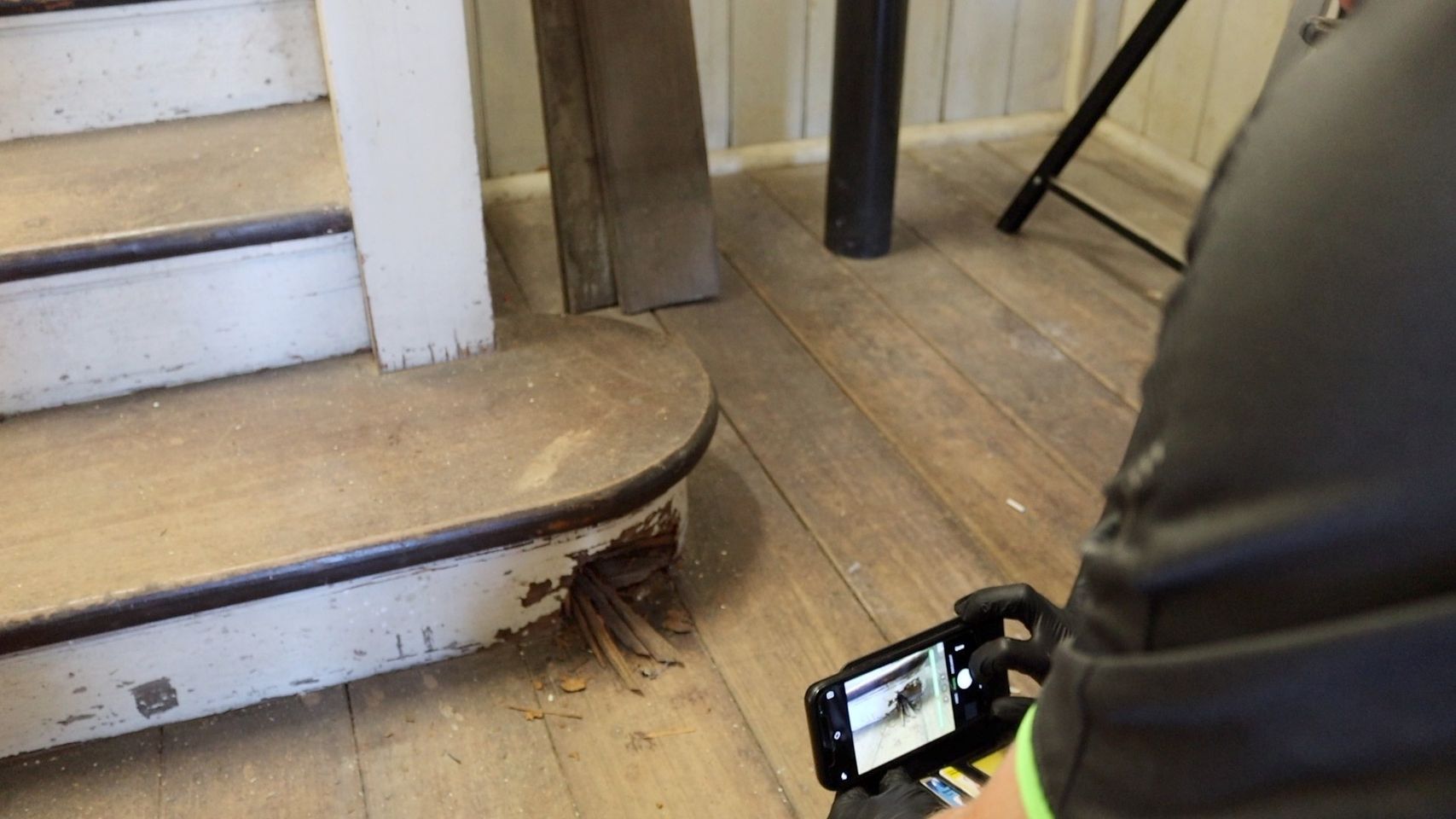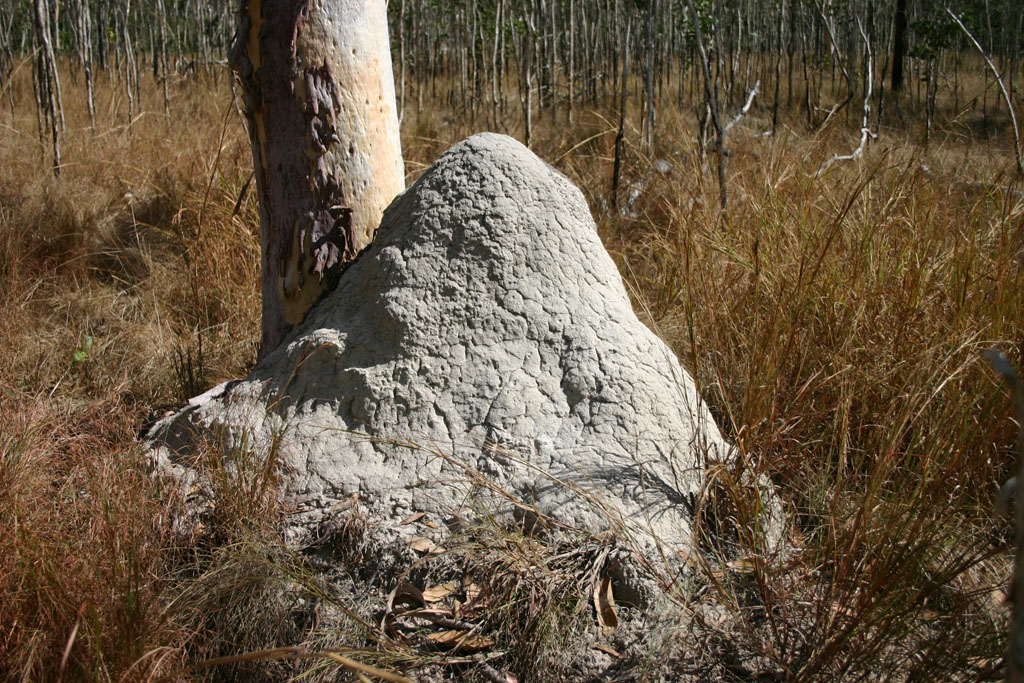Termites: Ecosystem Engineers – How Termites Impact the Environment
When we think about the creatures that shape our environment, we normally imagine large mammals, trees or natural forces. However, there is a group of tiny creatures that play a significant role in shaping our environment—termites. Most often referred to as pests that damage buildings, termites are essential contributors to the delicate balance of our environment.

Termites in a bait station
Termites live in colonies (often housing many thousands) and feed on cellulose-based materials, such as wood, as well as leaf and grass fibre. Termites are found on every continent except Antarctica. Termite species can be grouped by the ecological regions in which they live: dampwood (found in coniferous forests), drywood (found in hardwood forests), subterranean (found in widely diverse areas), and arboreal/mound builders.
In this article, we drill down a little more to explore the positive and negative effects of termites on the environment.
Negative Impacts of Termites on the Environment:
We thought we would cover the ‘negatives’ first given that termites are considered ‘pests’, as they do serious damage to property and agriculture and they emit significant methane gas which is a greenhouse gas that contributes to global warming.
They damage property: Termites are notorious for their ability to cause extensive damage to buildings, wooden structures, and crops. They consume cellulose-based materials, which can weaken the structure of buildings, making them unsafe, and very expensive to repair. Termites are also sneaky creatures that have a tendency to hide. This means they could be damaging walls or foundations of buildings for a long time before they are detected.

Termite damage found hidden under the stairs
They damage crops: Termites pose a threat to agriculture. They can damage crops by feeding on plant roots, and some types can eat living fruit trees.
They can cause forest degradation: In certain circumstances, termite activity can lead to forest degradation. In cases where termite populations are extensive or when a particular species dominates, they can consume wood in the area to excess, potentially affecting the balance of the forest ecosystem and the structural integrity of trees.
They emit huge amounts of methane gas: Termites are responsible for emitting large amounts of methane gas, a potent greenhouse gas that contributes to global warming. Do they emit more than cows? The answer is yes. Globally, it is estimated that termites are responsible for between 1 and 3% of ALL methane gas emissions – up to 20 million tonnes each year! So termites may increasingly be contributing to greenhouse gas emissions which in turn contribute to global warming.
Positive Impacts of Termites on the Environment:
It is unfair to termites to only cover the negative impacts, because in certain natural environments, such as wooded areas, termites are a powerhouse of positive force in nature. They do wonders when it comes to decomposing dead wood; they fertilise the soil; and they offer food and shelter for other organisms.
They fertilise the soil: Termites are important for decomposing wood in the ecosystem and contributing to soil fertility. They accelerate the recycling of nutrients back into the soil, facilitating the enrichment of the ecosystem. They have a mutually beneficial relationship with microbes –termites masticate wood to break it down, and microbes chemically digest the wood into smaller molecules that the termites are able to absorb and utilise, a task beyond the abilities of most other organisms. By converting dead plant material into organic matter, termites contribute to the nutrient cycle and soil fertility.
They improve soil quality: Termites are ecosystem engineers, as they build intricate tunnel systems in the soil. These tunnels improve soil aeration and water infiltration, enhancing the overall health of the soil. As termites excavate their tunnels, they mix organic matter into the soil, further enriching it with nutrients. Their activities increase the porousness of the soil and allow plant roots to penetrate more deeply, promoting plant growth. They also help prevent soil erosion as their faeces are sticky and cling to the soil.
They sequester carbon in the soil: Termites break down and consume significant amounts of dead plant material. In doing so, they play a pivotal role in carbon sequestration, which is the formal name for the process of capturing and storing carbon dioxide in vegetation such as grass or forests, soils and oceans. Termites are very efficient at sequestering carbon in the soil. Carbon stored in the soil, is carbon not emitted into the atmosphere. Less carbon in the atmosphere will reduce the greenhouse gas effect and lessen the impacts of climate change.
They create microhabitats for other creatures: The elaborate mounds that some types of termites build provide shelter and moisture for insects, reptiles, and even some mammals.

Image: Subterranean termite mound Image source: AEPMA Pest Profiles https://aepma.com.au/PestDetail/87/Subterranean%20Termites
They are food for other animals: Termites are a source of food for many animals, including birds and insects, as they are nutritious, being high in protein and fats. Without termites, some animals would struggle to find food.
Conclusion: Termite Populations Need to be Managed
Termites play a critical role in the environment, but they can also have serious negative impacts. Their ability to decompose plant matter and improve soil fertility is essential for the health of ecosystems, but they can also cause damage to property and agriculture. Although they do some good for the environment by sequestering carbon in the soil, they also emit huge amounts of methane gas which is one of the greenhouse gases contributing to global warming. Understanding the complex interactions between termites and their environment can help us to find ways to manage termite populations while also preserving their positive contributions to the environment.
Have Your property checked for termites by a Professional Pest Company like Suburban
Our responsibility, as a pest control company, is minimising the damage that termites do to homes and commercial facilities. We have been treating homes and businesses in the Southeast-Queensland area for almost 30 years and we have a reputation for quality and excellent customer service. Our team of technicians are well trained and use motion detectors and thermal imaging cameras to detect any termites that may be on your property.
If you would like to have Suburban Pest Management check your home for termites, book a Free Termite Assessment. Please visit the Free Termite Assessment page on our website for more information and to book at a date and time convenient to you. You can also call us with any questions on 1300 65 65 72.
Sources:
For great information about termites, go to the Pest Profiles page on the AEPMA website.
Science, Vol 218, Issue 4572, sourced9 June 2023 https://www.science.org/doi/10.1126/science.218.4572.563
Clean Green Guide, January 22, 2011, sourced 9 June 2023 https://greencleanguide.com/role-of-termites-in-methane-emission


